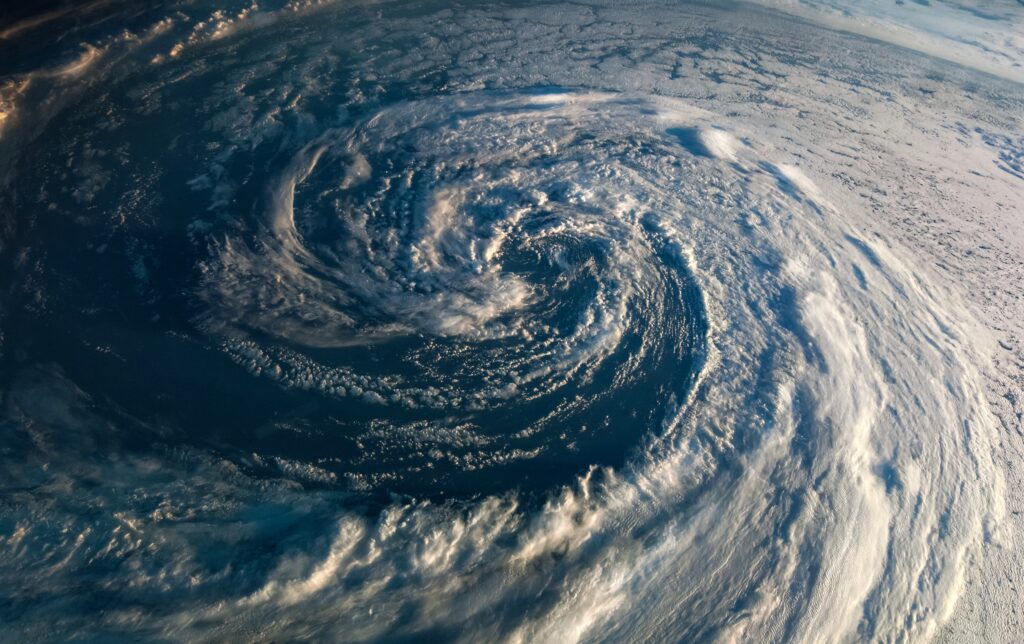The 2024 Atlantic hurricane season ends Saturday, marking one of the deadliest in recent memory. At least 335 people died from five U.S. landfalling hurricanes this year, the highest toll since 2005, according to preliminary data.
Christine B. Davis, 110, a lifelong Texas resident, survived countless hurricanes but succumbed to heat exposure after Hurricane Beryl. Power outages following the storm left Davis, one of at least three dozen Texas victims, vulnerable despite having a generator.
Hurricane Beryl caused widespread damage, knocking out power across Texas. Later storms, like Hurricane Helene, became even deadlier. Helene claimed at least 241 lives across six states, the deadliest single storm since Hurricane Katrina in 2005.
Inland Risks and Climate Change Amplify Danger
Hurricanes brought devastation far inland. Helene’s winds and rain caused catastrophic flooding in the Appalachians, resulting in 34 drownings and 23 landslide fatalities. National Hurricane Center Director Michael Brennan noted freshwater flooding accounted for most deaths.
Climate change intensified this season’s storms. Scientists linked Helene’s record rainfall to warmer ocean temperatures, especially in the Gulf of Mexico. Andrea Schumacher, a weather risk expert, highlighted how mountainous regions are particularly vulnerable to landslides and flooding.
Efforts to reduce deaths continue, with new flood maps and evacuation strategies helping mitigate some risks. However, challenges remain in understanding why people evacuate—or choose not to—during these deadly storms.


